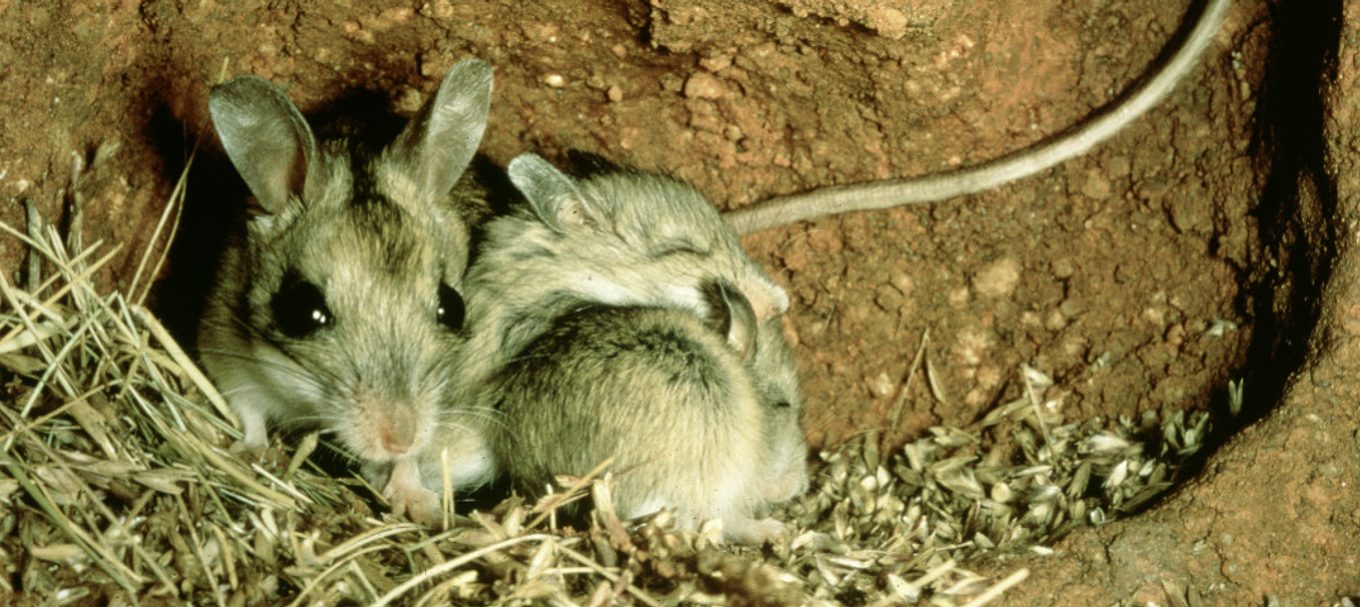
Top 10 native animals to have as pets in South Australia
Did you know there are now 97 Australian native animals that do not require a permit to have as a pet in South Australia?
A permit is required to keep most Australian native animals as pets. This is to protect the country’s many threatened species and to ensure that owners have the necessary experience and facilities to look after these animals safely and appropriately.
But, years of research, experience and knowledge have shown that some Australian native animals are able to be domesticated and can be fairly easy to learn how to look after.
Until now, 57 native animals could be kept as pets without a permit in SA. These ‘domesticated and easy enough to keep animals’ are predominately native mice, birds and lizards, and as of 1 July this year, 40 more ‘exempt’ species are able to be kept as a pet in SA without a permit.
Future owners just need to brush up on their husbandry needs before bringing one home.
So if you’re looking to share your home and your time with a new pet, why not consider one of these native animals that no longer need the expense and bother of a permit.
Here are 10 of the most popular choices:
1. Spinifex hopping-mouse
A spinifex hopping-mouse might be the ideal choice for first-time native pet parents.
This mouse is cute, low-maintenance, has fun particular habits and is nocturnal. They live to about 4 years old and, unlike ordinary mice, they don’t smell.
You’ll need a small enclosure, sawdust or straw bedding, a food dish and a sip bottle (like for a guinea pig), and live crickets for them to eat.
They also like rolled oats, a variety of fruit and veg, and mealworms. But be careful, mealworms are really fattening.
Remember to make their enclosure interesting with hides, mounds and toys. They are keen landscape gardeners and love rearranging their enclosure.
Handy hint: Hopping mice are a ‘boom or bust’ species, so you may find that your two or four mice suddenly become lots of mice – or they won’t breed at all.
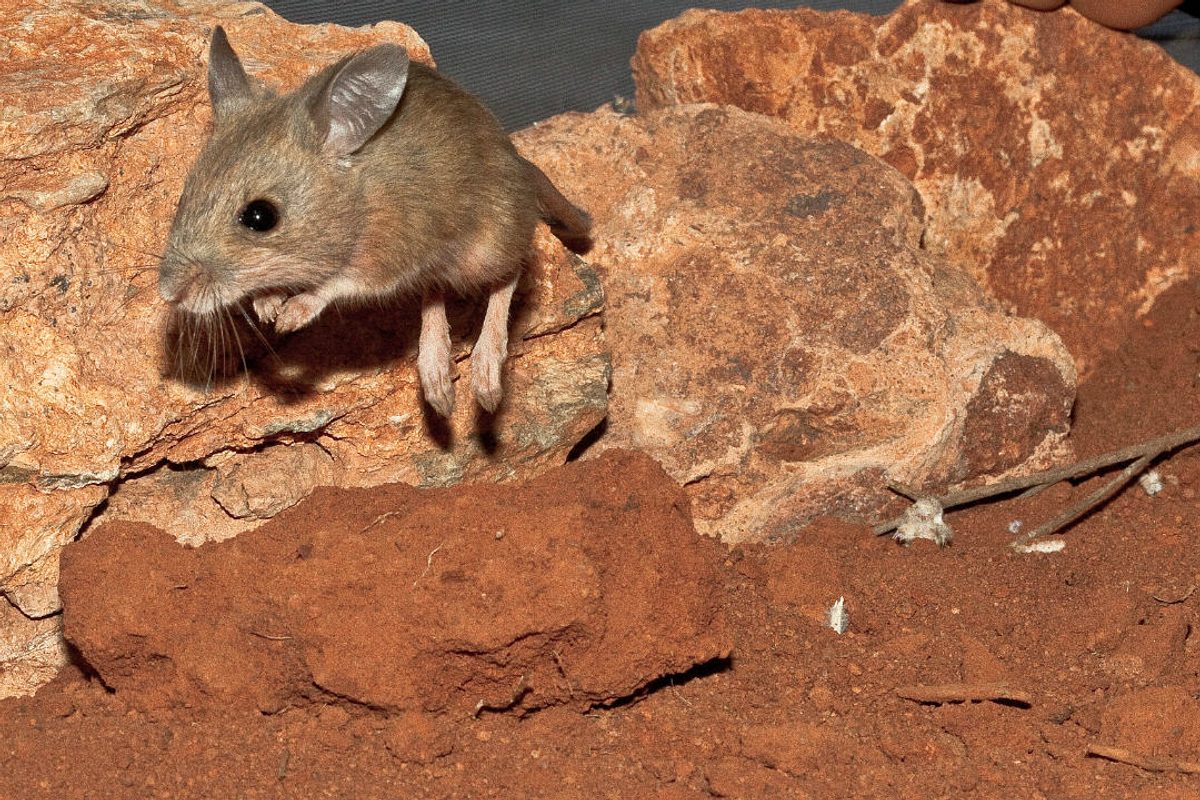
2. Central bearded dragon
Beardies are good pets for beginner reptile owners, but still have some complex requirements.
Bearded dragons live about 10 years, eat insects and vegetables, and enjoy pinkie mice for a change in diet (you can buy these frozen from some pet shops).
They need an enclosure that is warm, with rocks and logs for basking and hiding, and need UV lighting.
Bearded dragons are naturally solitary creatures, and in proper dragon style, don't need or crave interaction with other dragons or people. Plus, they are territorial creatures.
But they do enjoy acting like a ‘broach’ and being carried around on your shoulder or hanging on to your jumper. This is probably because they are natural climbers and like the warmth a person generates, so although it might look like affection, they are really just using us! But they are fun pets despite their ulterior motives.
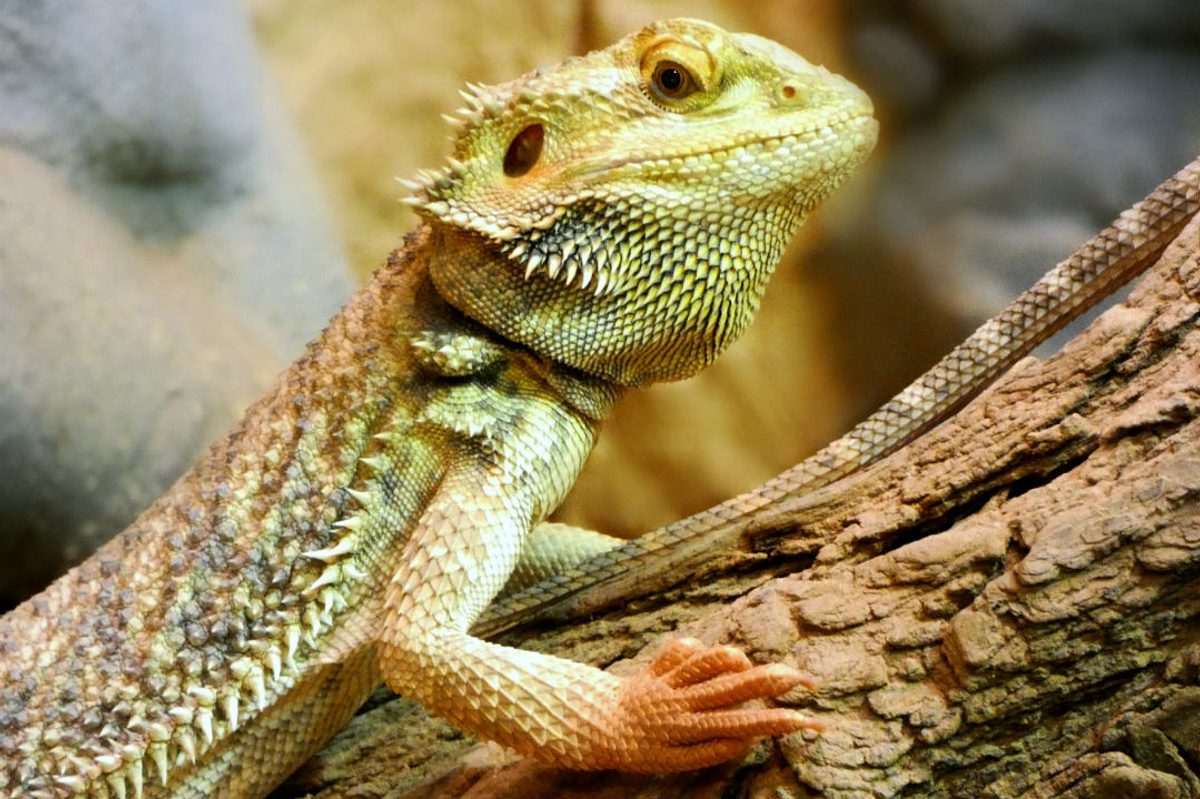
3. Common barking gecko
This gecko is an absolute jaw-dropping darling from Down Under with doe-like eyes.
Aussie barking geckos are fairly low maintenance, live more than 10 years, like to have friends in their enclosure and can be easily handled.
Unlike most other reptiles, barking geckos are nocturnal so don’t require special lighting in their enclosures.
They are not too keen on eating from a bowl, but love to munch down crickets, cockroaches and the occasional superworm.
Handy hint: Be careful of cockroaches, they can breed in the tank and suddenly there are lots of them when you go to clean it out!
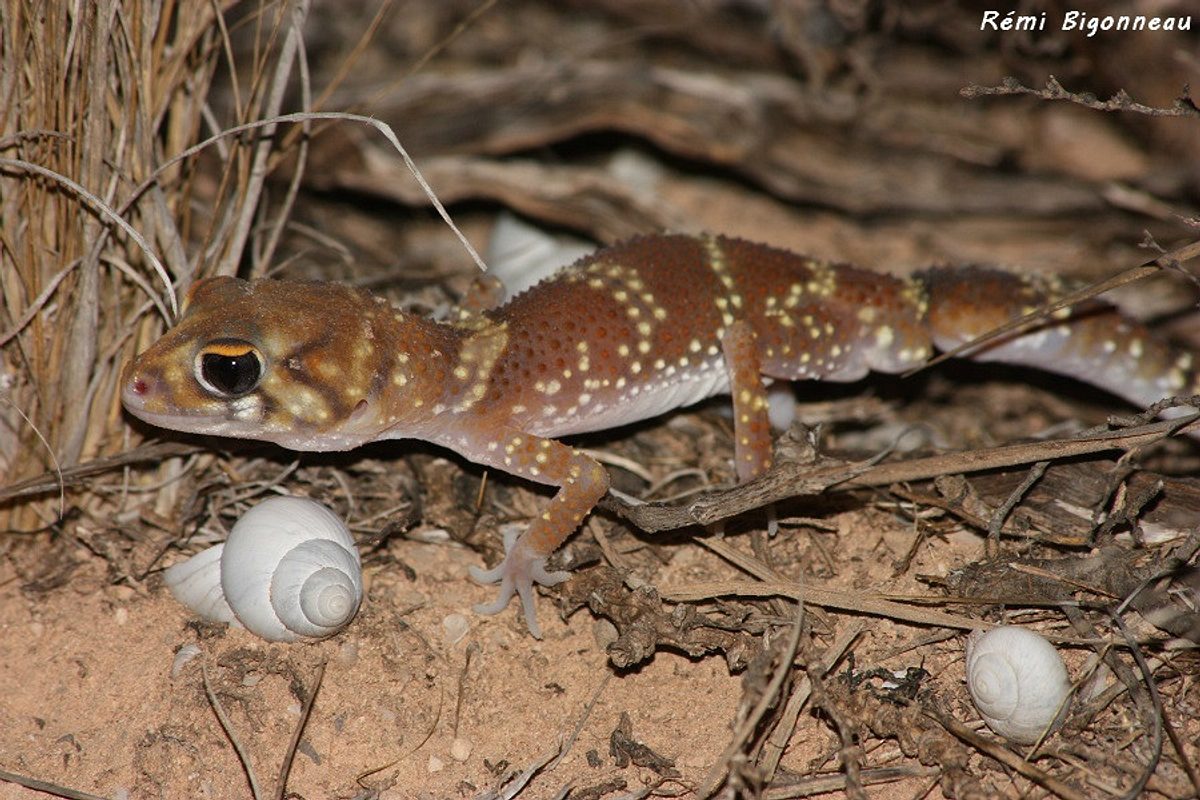
4. Cockatiel
Cockatiels are known to be outgoing, social, comical, and, at times, feisty. They are talented whistlers and are often quite the chatterbox. They live up to 20 years.
The position of a cockatiel’s crest feathers can tell you their mood. A straight-up position means he or she is startled or highly curious, when they are flattened close its head it means they are defensive, and when the crest is slightly held back and he or she has fluffed cheeks it means they are relaxed.
The cockatiel’s enclosure needs to be spacious enough to have multiple perches, toys and food bowls, and room to flap its wings.
They often bond to one member of the family and ignore other people who don’t quite cut it as their favourite human. Being small, they are easy to manage and really delightful little birds.
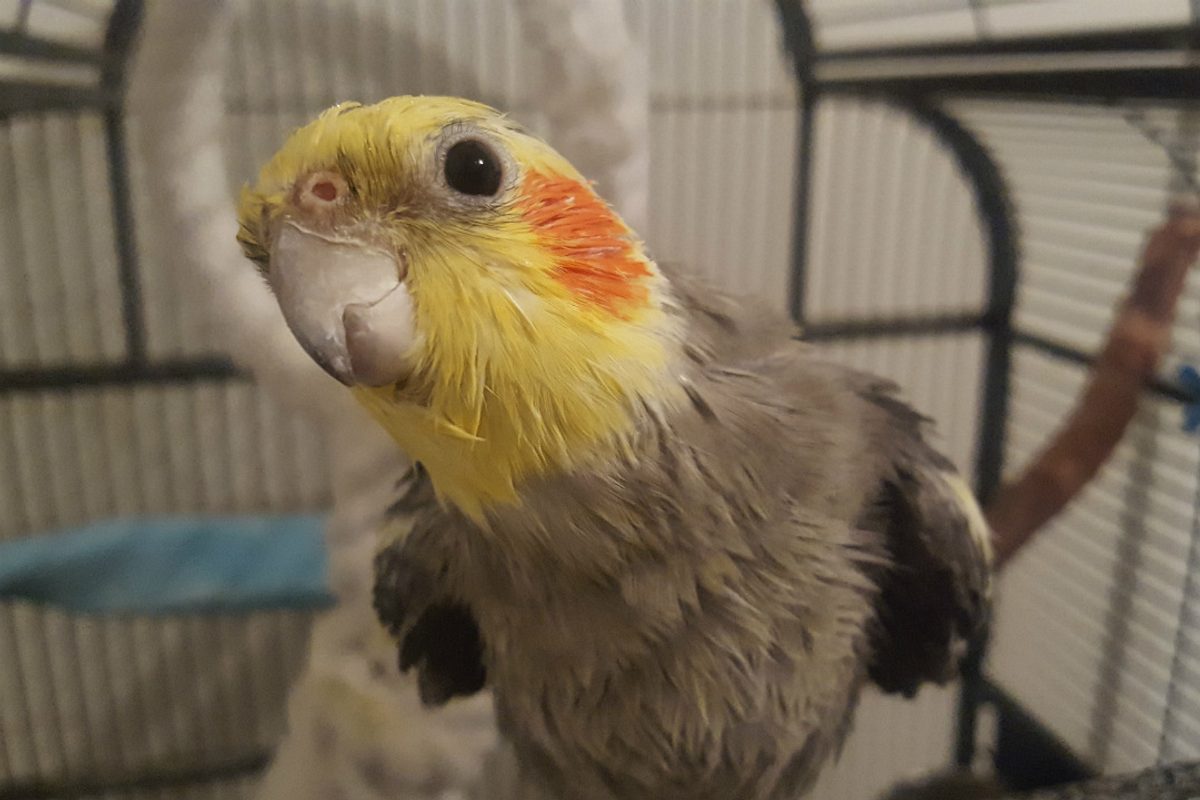
5. Shingleback lizard
Also known as a ‘bobtail’, ‘sleepy lizard’, ‘stumpy-tailed lizard’ or ‘two-headed lizard’, this is a pet that needs a medium level of maintenance and can live up to 20 years.
This lizard just needs access to water, food a few times a week and a dry tank with heating controlled with a timer. They should have a UV light, but can cope without it.
When threatened, shinglebacks turn towards the threat, open their mouth wide and stick out their broad, blue tongue that contrasts with their pink mouth, which makes them look quite intimidating – but they are pretty harmless. They can bite, but they won’t draw blood.
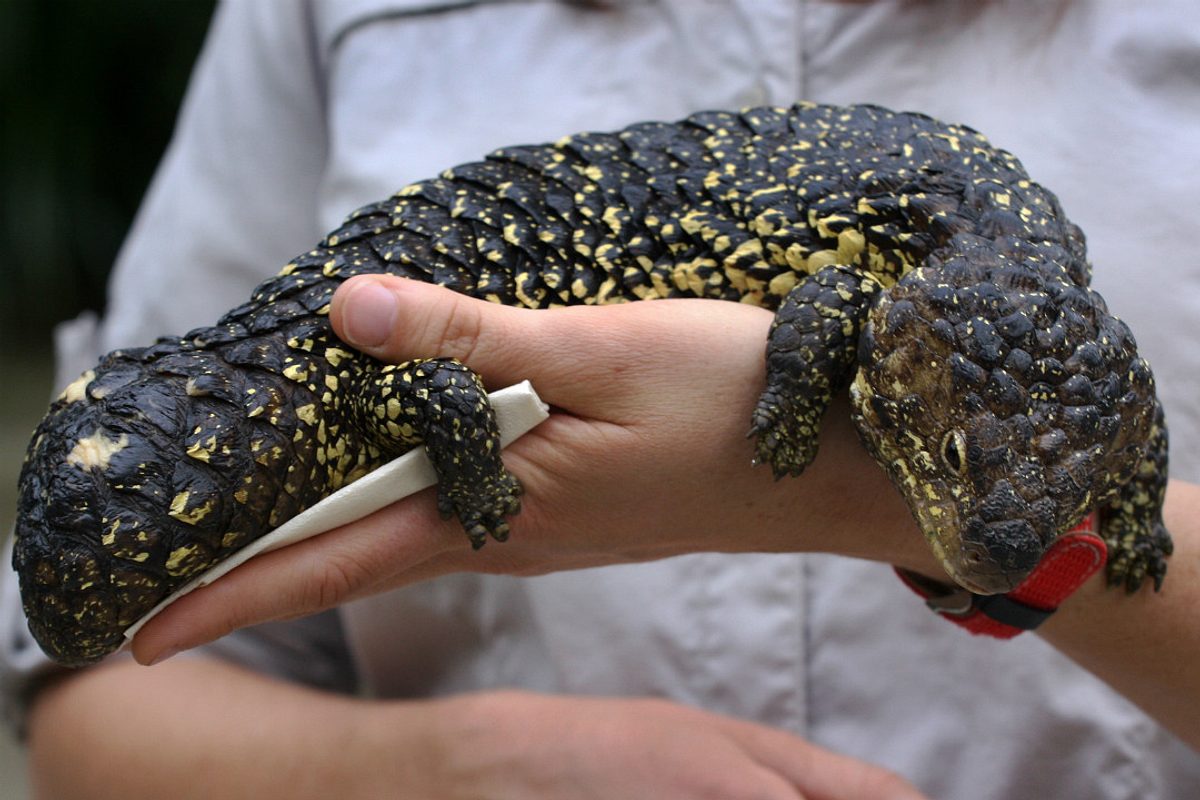
6. Eastern blue-tongue lizard
The eastern blue-tongue lizard has similar care needs to the shingleback lizard.
They are solitary animals and should generally be housed on their own, but they don’t mind sharing an enclosure and they don’t fight.
Blue-tongue lizards are omnivores and feed on a range of live insects and plant matter. They should be fed at least every second day and it’s important to keep their water clean.
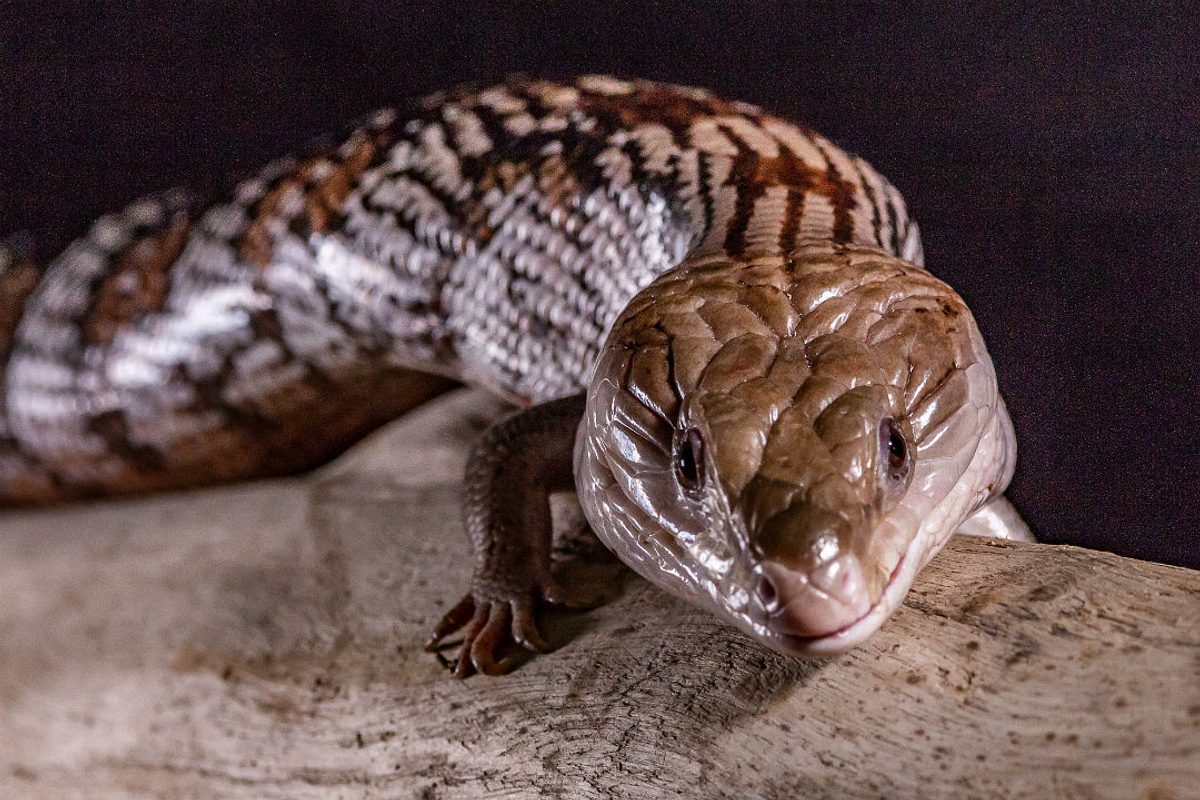
7. Macquarie river turtle
These guys grow up to 30 cm and have been known to live up to 75 years. But, they require some thoughtful effort to keep as a pet.
To house a juvenile river turtle you’ll need a glass tank with a water section and a landing area with a ramp for them to chill and dry.
The tank water temperature and pH levels should be checked regularly, as well as kept clean. They also need a high UV light and a slatted lid.
When they get bigger, river turtles should be housed outdoors. They like a garden pond with shrubby areas and hiding spots to hibernate.
You can buy commercial turtle pellets as food, which is probably the easiest way to feed them and ensure they have a balanced diet. They also like some greens occasionally and the odd mealworm.
Handy hint: Remember to wash your hands before and after holding turtles as they harbor salmonella bacteria.
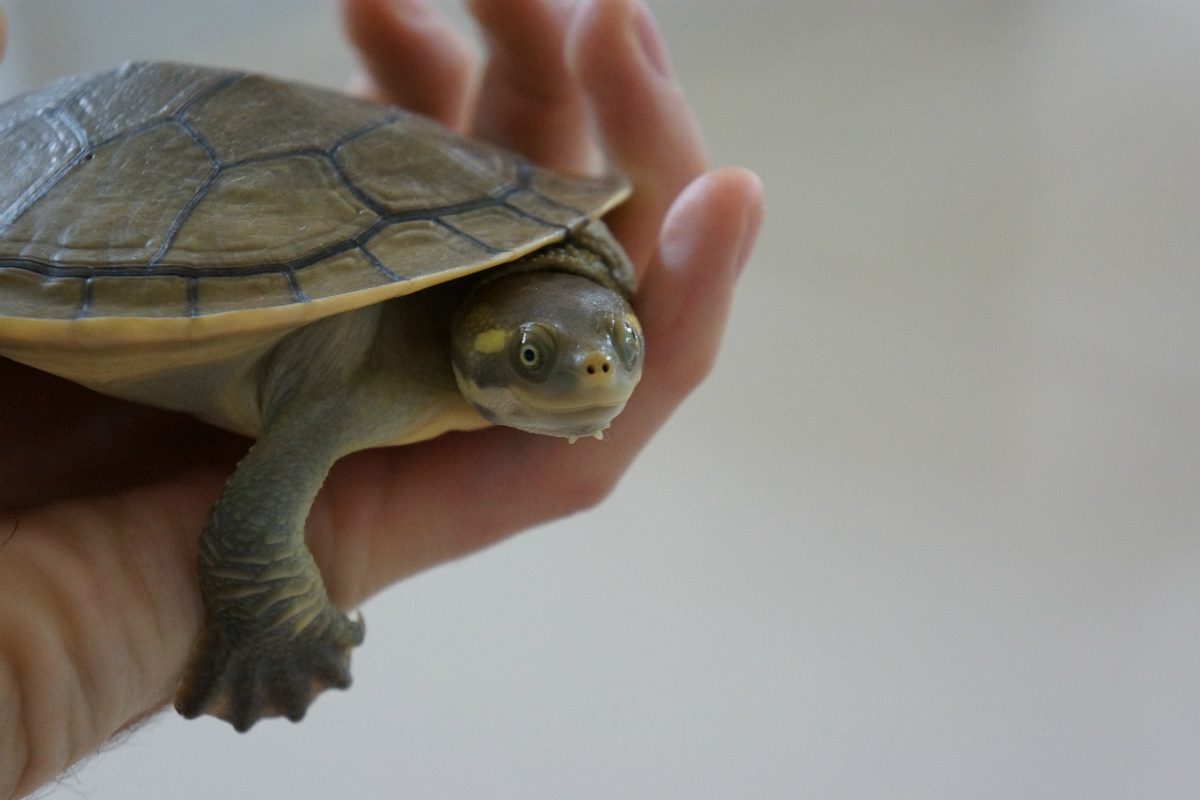
8. Rainbow lorikeet
This medium-sized colourful parrot is native to Australia and Indonesia, and can live up to 30 years.
They are sweet, funny and affectionate and are known to bond strongly with their owners.
They need a very large cage so they have room to climb and fly, and, ideally about 3 hours of out-of-cage playtime each day for their physical and emotional health.
Handy hint: As their diet is predominantly liquid – nectar with a little bit of seed – so are their droppings. So don’t keep them on expensive carpet!
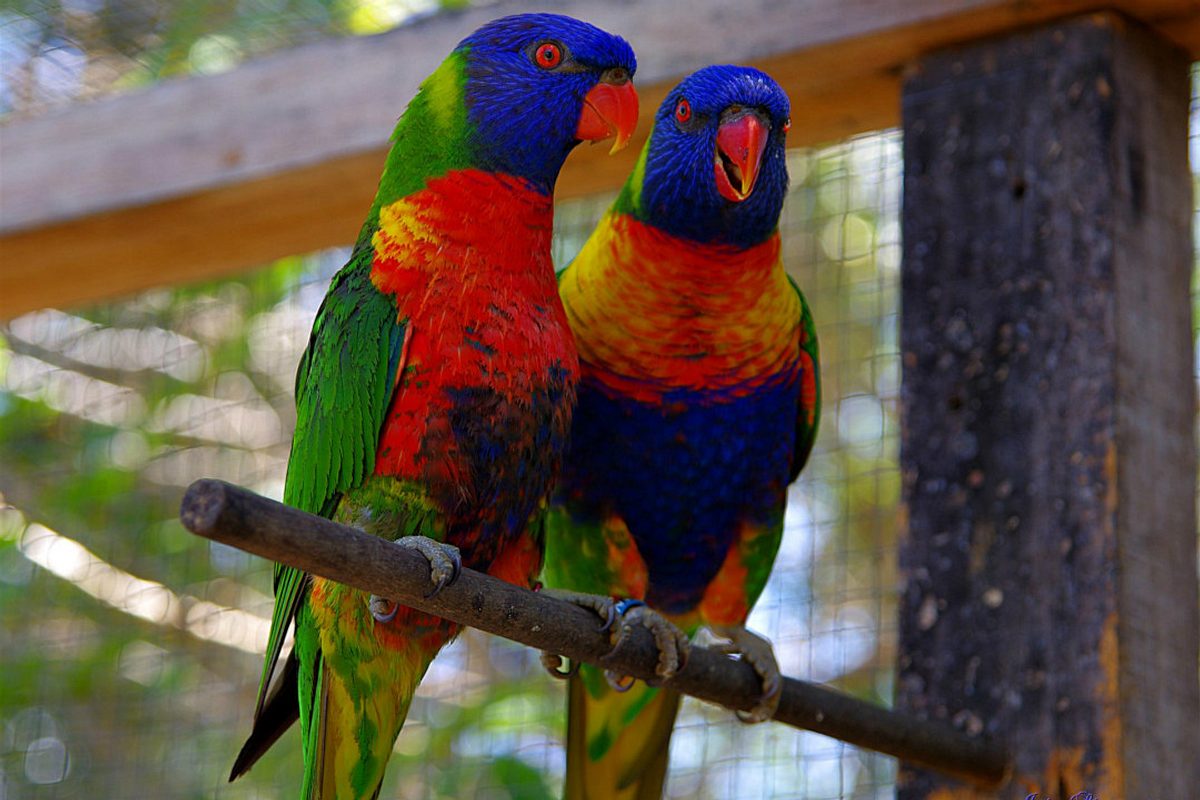
9. Eastern rosella
These colourful native birds can live more than 25 years and become quite devoted to their owners.
While eastern rosellas are not too keen on a cuddle or pats like other parrots, they can be sociable and make delightful, colourful aviary pets.
Handy hint: Rosellas like spacious aviaries for frequent wing-flapping – think width over height.
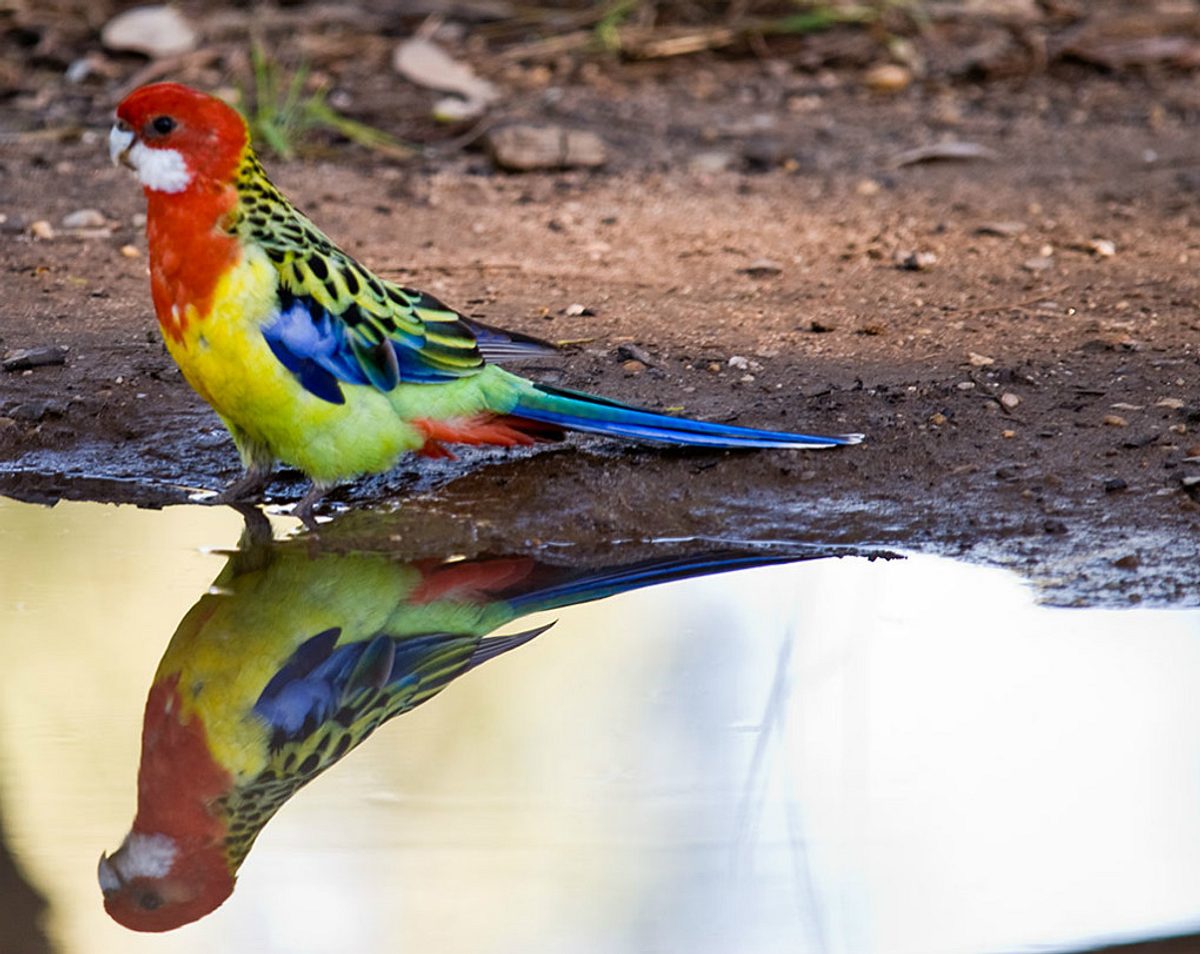
10. Sulphur-crested cockatoo
This is a beautiful large white cockatoo who is very intelligent, very noisy, very attention-seeking and very long-living – up to 120 years!
These cockies are best for the more experienced parrot owner, who is up to the task of this ‘last-a-lifetime’ pet.
Sulphur-crested cockatoos need very spacious enclosures, a varied diet of seed, fruit and vegetables, and someone who has the time for a full-time playful friend.
These are pets that really give back as much as you give. If you give the time, space and enough to keep them occupied, they can be the best pet ever.
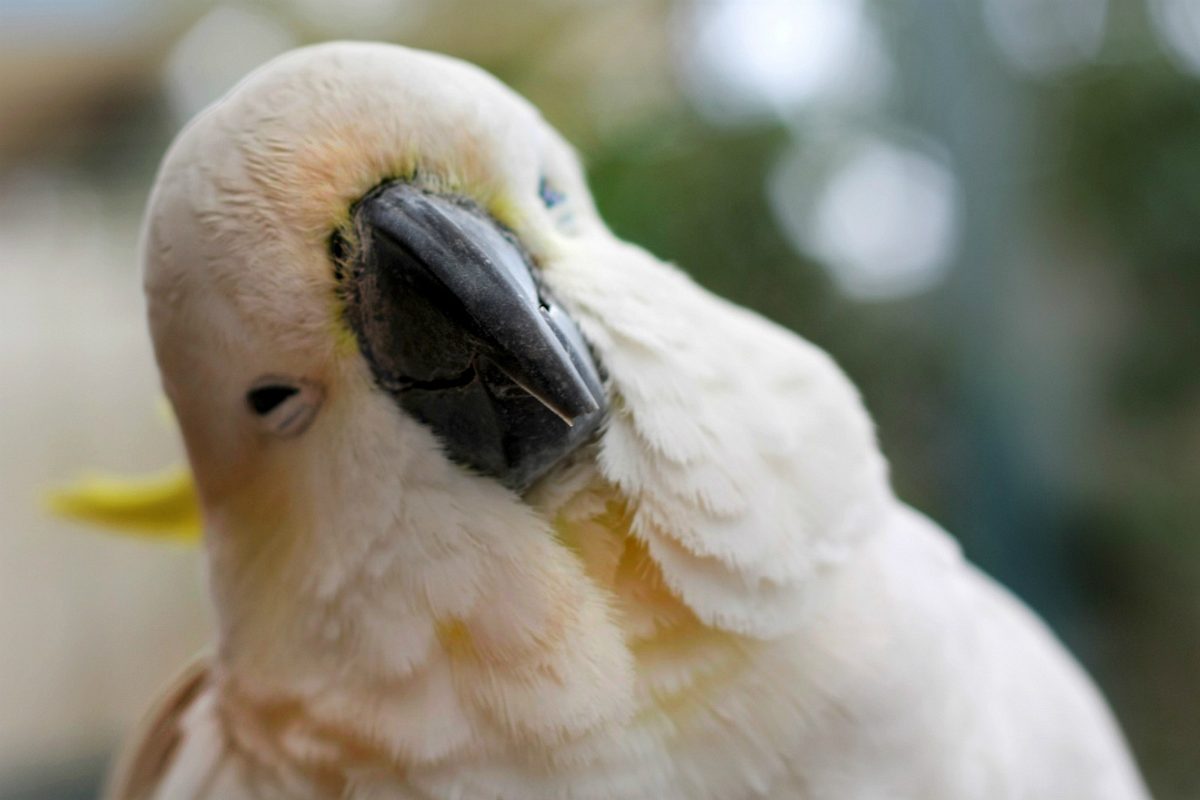
Purchasing a native animal to keep as a pet
You’re probably now thinking, ‘yeah, that’s great – I want one! But, where can I ethically get one?’
Well you can’t simply take one from the wild – they must be sourced from captive bred populations.
There are many ethical sellers of native animals in SA and now that these wonderful creatures do not require a permit to be kept, it is likely that many will appear in your local pet shop.
Love native animals but maybe not ready to keep one yourself? You might like to read about some of thespecies that we’re proud to call our own.
Main image: Spinifex hopping mice





